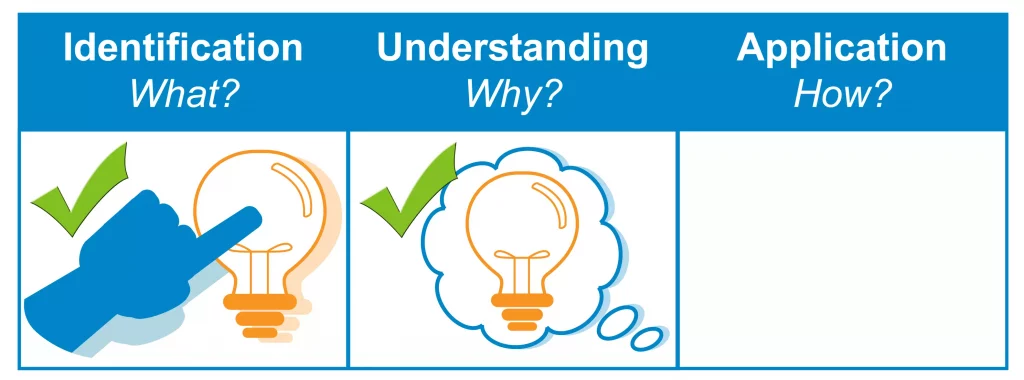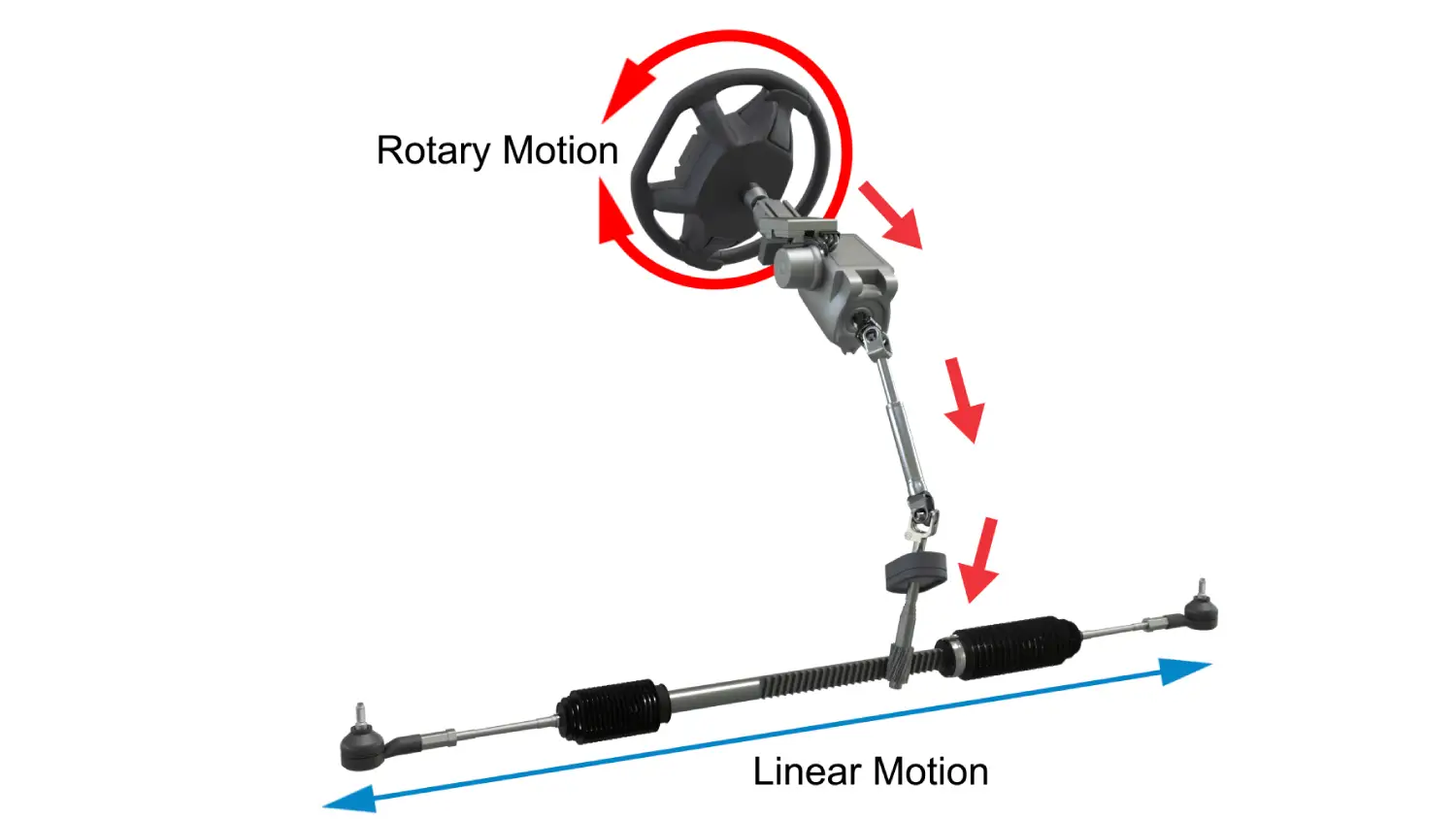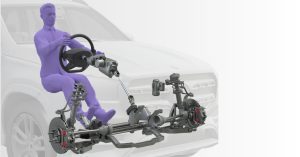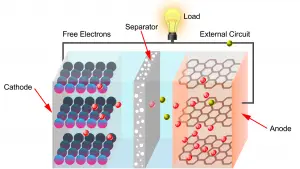Course Description
The THORS Steering System Basics course reviews the common components used in a steering system, the operating principles of the steering systems, and the various types of steering systems in passenger vehicles. This is an introductory level course that offers an interactive learning experience to allow for an in-depth understanding of various steering systems.
Who will benefit from this steering systems course?
Quality, manufacturing, engineering, designing, testing, purchasing, and sales functions at organizations that require an understanding of the basic terminology of steering system components, operating principles of steering systems, and the types of steering used in the automotive industry.
Course Classification

*THORS uses the Bloom’s Taxonomy Methodology for our course development.
Certificate Awarded for Steering System Basics

*upon successful completion
Related Posts

Why Digital Assessment Tools for Hiring are Essential
Hiring the right person for a technical position is crucial for the success of any organization. However, what happens when a new hire lacks the

Do You Need a Turbocharger or Supercharger? Let’s Compare the Differences
When exploring vehicle options these days, likely you are on a mission to compare the differences between a turbocharger or a supercharger, especially if your

5 Reasons Why a Culture of Learning can Lead to Success
Learning is continuous. After all, there are always new skills to learn and techniques to adopt. A culture of learning in an organization can also





